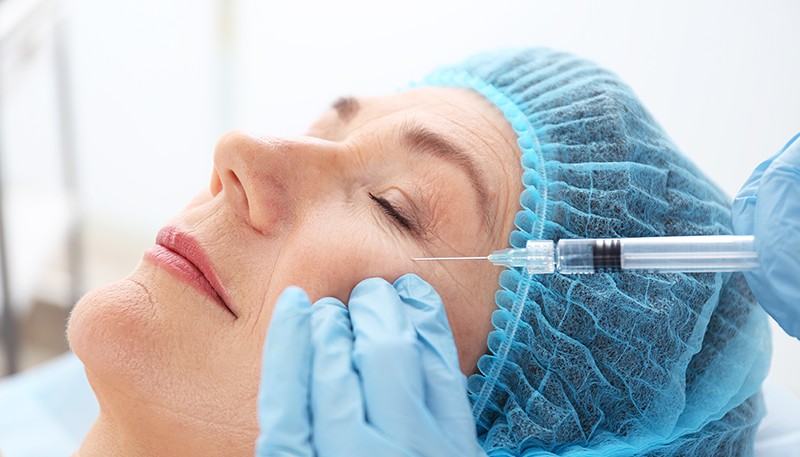
For decades, the promise of stem cell therapies has captivated the medical field. As a researcher with 25 years of experience in healthcare treatments and industry trends, I’ve witnessed the rollercoaster ride of this exciting field. Skin rejuvenation is one area where Stem Cell Skin Rejuvenation have garnered significant interest, but the reality lags behind the hype. Let’s delve into the proved-based protocols for stem cell skin rejuvenation, separating fact from fiction.
Stem cells hold immense potential due to their unique properties. These “blank slate” cells can differentiate into specialized cell types, offering a path to regenerate damaged tissues. In the context of skin, stem cells play a crucial role in maintaining its youthful appearance by replenishing lost cells. As we age, this natural renewal process slows down, contributing to wrinkles, fine lines, and a loss of elasticity.
Several types of stem cells are being explored for skin rejuvenation. Mesenchymal stem cells (MSCs) derived from fat tissue or bone marrow are the most common. These cells secrete growth factors and cytokines, promoting collagen production and wound healing, potentially leading to smoother and plumper skin.
However, the evidence for stem cell-based skin rejuvenation remains inconclusive. Many studies are preliminary, conducted on small sample sizes, and lack long-term follow-up data. Additionally, the optimal dose, delivery method, and source of stem cells for achieving consistent and safe results are still under investigation.
Despite the limitations, ongoing research is shedding light on potential protocols. One promising approach involves transplanting autologous (patient’s own) MSCs. This minimizes the risk of rejection and ethical concerns surrounding embryonic stem cells.
Another area of exploration involves exosomes, tiny sacs released by stem cells. These exosomes contain proteins and genetic material that can stimulate skin cell renewal without transplanting the actual stem cells. This approach offers a less invasive option with potentially reduced risks.
As with any new treatment, safety is paramount. Potential risks associated with stem cell therapy for skin rejuvenation include infection, tumor formation, and unintended cell differentiation. Rigorous research and strict regulatory oversight are crucial to ensure patient safety and ethical treatment practices.
Stem cell-based skin rejuvenation remains a work in progress. While the potential is undeniable, more robust clinical trials and long-term data are needed before widespread adoption can be considered. In the meantime, established and well-researched anti-aging treatments like sun protection, topical retinoids, and hyaluronic acid fillers offer proven results.
The future of Stem Cell Skin Rejuvenation therapies for skin rejuvenation is bright, but caution is warranted. As researchers, we must prioritize evidence-based approaches that prioritize patient safety and efficacy. Consumers should remain informed and consult with qualified healthcare professionals before considering any Stem Cell Skin Rejuvenation-based interventions.
Whether you need help with marketing, patient financing, legal compliance the team at Rize Up Medical can help.
Let us help you maximize efficiency and profit.

DISCLAIMER: THIS SITE DOES NOT OFFER MEDICAL GUIDANCE. The content available on this website, which includes but is not limited to text, visuals, images, and other materials, is solely for informational purposes. None of the resources provided here should replace expert medical counsel, diagnosis, or care. It is essential to consult your doctor or a competent healthcare professional if you have concerns about any medical conditions or treatments, prior to beginning a new healthcare routine. Do not disregard expert medical recommendations or postpone seeking assistance due to information found on this site.